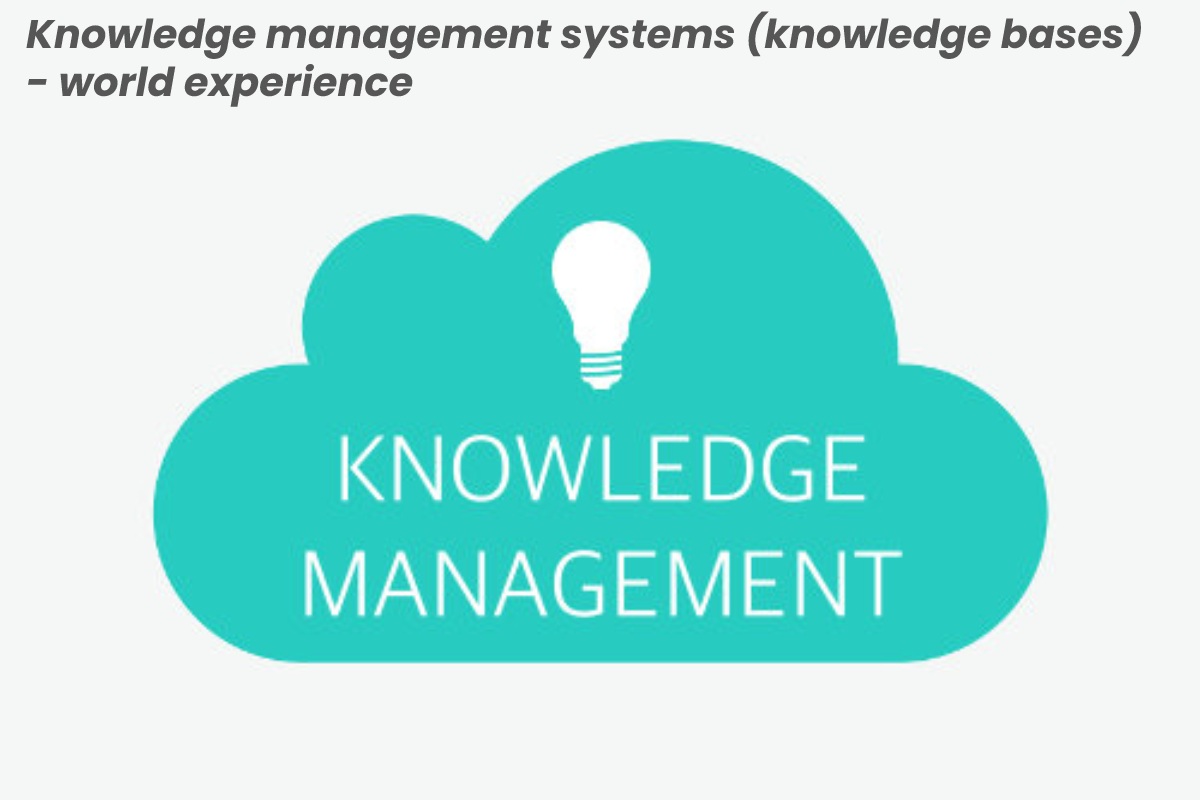Knowledge Management System – Since the concept itself originated abroad, we turned to foreign sources for an answer to this question. Here is the translation of the popular article “What is KM? Knowledge Management Explained ”by Michael E. D. Koenig is a professor and former dean of the College of Information Technology and Computer Science, Long Island University.
Table of Contents
What is a knowledge base Knowledge Management System?
Knowledge management is a concept that emerged about two decades ago, sometime in the 1990s. Perhaps one can immediately define the term “knowledge management” – it is the organization and systematization of information and knowledge in a company. However, this definition sounds somehow vague and too broad, but at the same time – oddly enough – it does not allow you to see the full picture. At the very beginning of the formation of knowledge management systems, Thomas Davenport proposed a definition that is still used today:
Definitions
“Knowledge management is the process of collecting, disseminating and effectively using knowledge.”
A few years later, the Gartner Group offered a more detailed definition:
“Knowledge management is a system that assumes an integrated approach to the search, collection, assessment, recovery and distribution of all information assets of an enterprise. Such assets may include databases, documents, policies, procedures, as well as the knowledge and experience of individual employees that were not previously recorded. ”
Both definitions have a very organizational, corporate nature – after all, historically, knowledge management systems were formed in organizations. Perhaps, the main essence of the [knowledge management system] is in the collection and recording of information and knowledge possessed by employees, and in the dissemination of this knowledge among all members of the team.
Knowledge Management System Tool
The composition of the Knowledge management system tool on the example of IBM
To illustrate more clearly what constitutes a [knowledge management system], consider a spreadsheet for [Knowledge Management System] consultants developed at IBM. It is based on the delineation of the processes of collecting information and bringing people together. We present it with minor changes:



